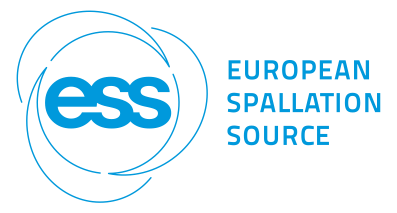Speaker
Description
See attached pdf for proper abstract with figures, but here is a copy paste text.
Operando visualization of current flow in energy devices using polarized time-of-flight neutron imaging.
Authors: Cédric Qvistgaard1, Søren Schmidt2, Alexander Wolfertz3, Vahid Karimi4,Shuang Ma Andersen4, Takenao Shinohara5, Tetsuya Kai5, Joeseph Don Parker6, Hirotoshi Hayashida6, Luise Theil Kuhn1.
1 DTU Energy, Technic al University of Denmark, Denmark
2 ESS Eric, DMSE, Denmark
3 FRM II, Technical University Munich, Germany
4 Department of Green Technology (IGT), University of Southern Denmark, Denmark
5 RADEN, J-PARC, J-PARC Center, JAEA, Japan
6RADEN, J-PARC, Neutron Science and Technology Center, CROSS, Japan
In this presentation we show the results of our recent endeavors to map the current flow inside various energy devices, and correlate it with device performance.
We show results from two recent beamtimes performed at JPARC-RADEN in which a commercial LCO battery and a PEM electrolysis cell were imaged in operando using polarized neutron imaging (PNI), to determine the current flow throughout the samples via the magnetic fields induced by the current flow.
PNI is a technique capable of imaging the magnetic field along the neutron flight path, and utilizing this it is possible to measure changes in the magnetic field inside the samples as it operates. We discuss how to properly measure these fields, and how a correlation between the magnetic changes and an underlying current distribution can be found across different types of energy devices.
Utilizing wavelength-resolved time-of-flight(ToF) imaging, we demonstrate the separation of the magnetic signal from any dynamic attenuation effects caused by structural changes inside the energy device, allowing proper interpretation of the polarization image. Furthermore, ToF analysis allows for a high accuracy assessment of the strength of the magnetic signal, enabling a complex analysis of the underlying mechanisms via modelling comparisons.
Figure. 1 presents the initial polarization data for the battery experiment. A strong regional magnetic response changes location and shape between charge and discharge cycles. Through ToF analysis the underlying mechanisms for such a signal can be found.
Figure 1 Polarized neutron imaging of 16.5mm commercial LCO coin cell battery summed over 5 cycles for discharge, rest and charge state, blurred with σ = 1 for visual aid.
| Abstract Topic | Application studies |
|---|

